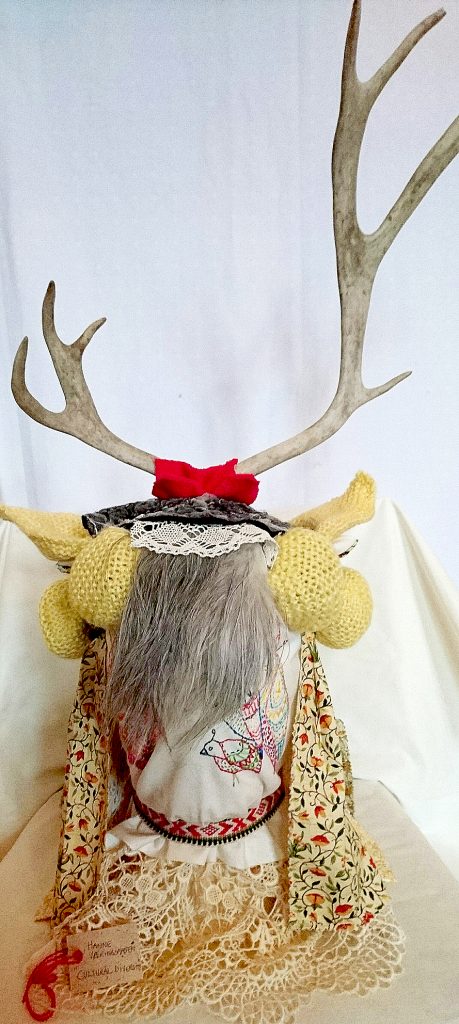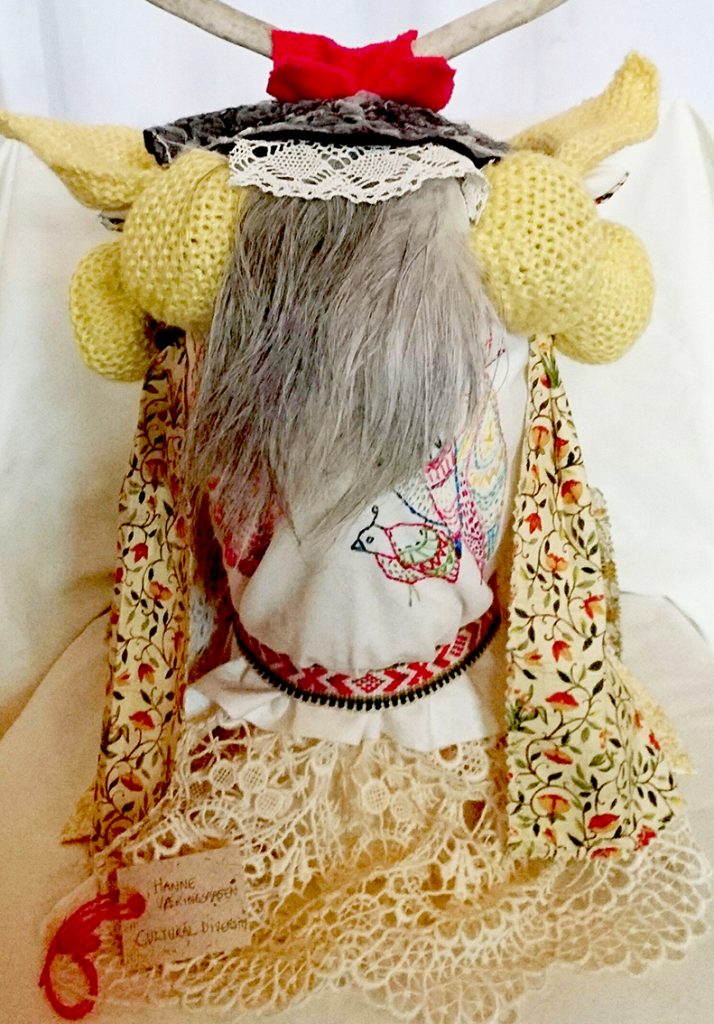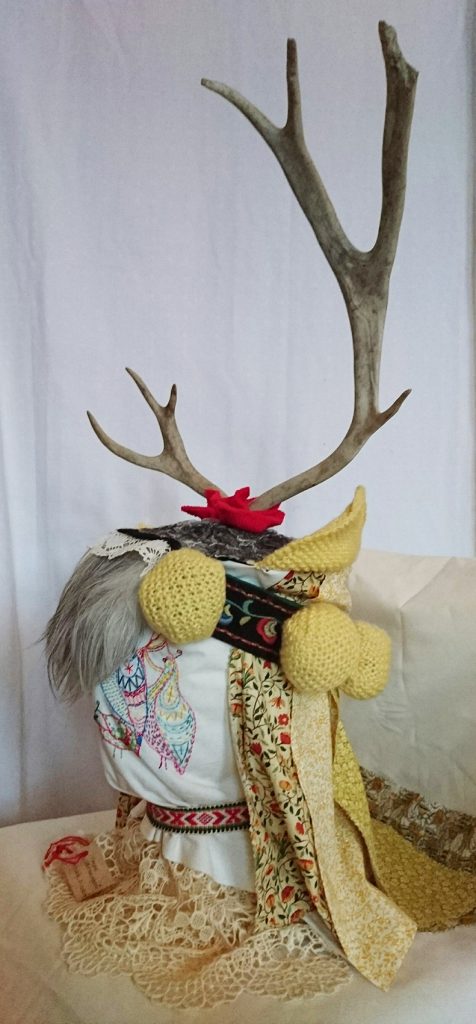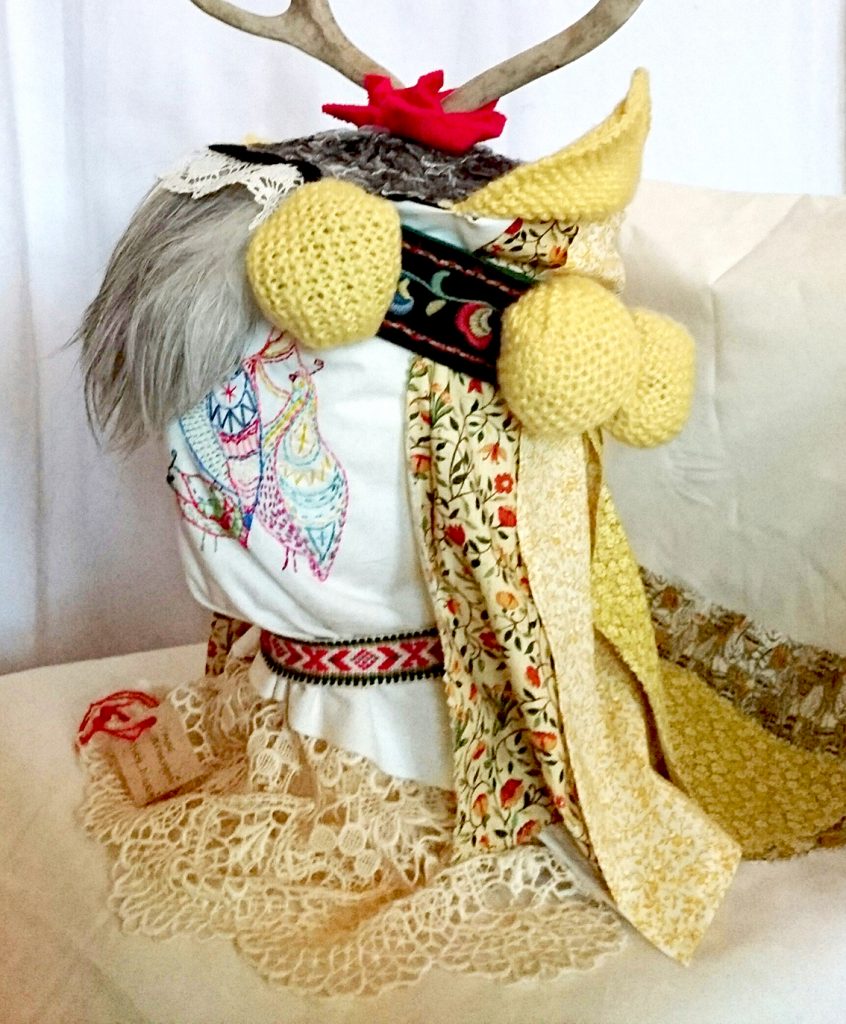Reclaiming My Lule Sami Heritage: A Personal and Artistic Journey
This page will be regularly updated with both images and text that reflect this journey.
(Scroll down for more information about my Sami background and artwork).
Buoris.
Muv namma l Hanne/ Hánná Máreha. Mån lav gåvvådájddár ja mån årov Oslon. Mån lav julevsábme, berraha áhtje bieles.
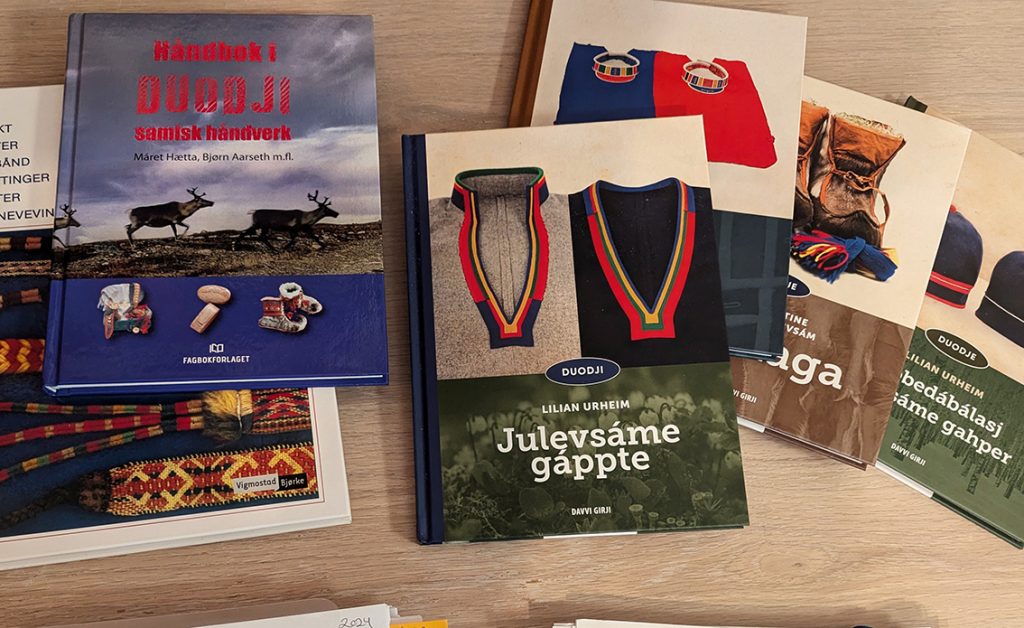
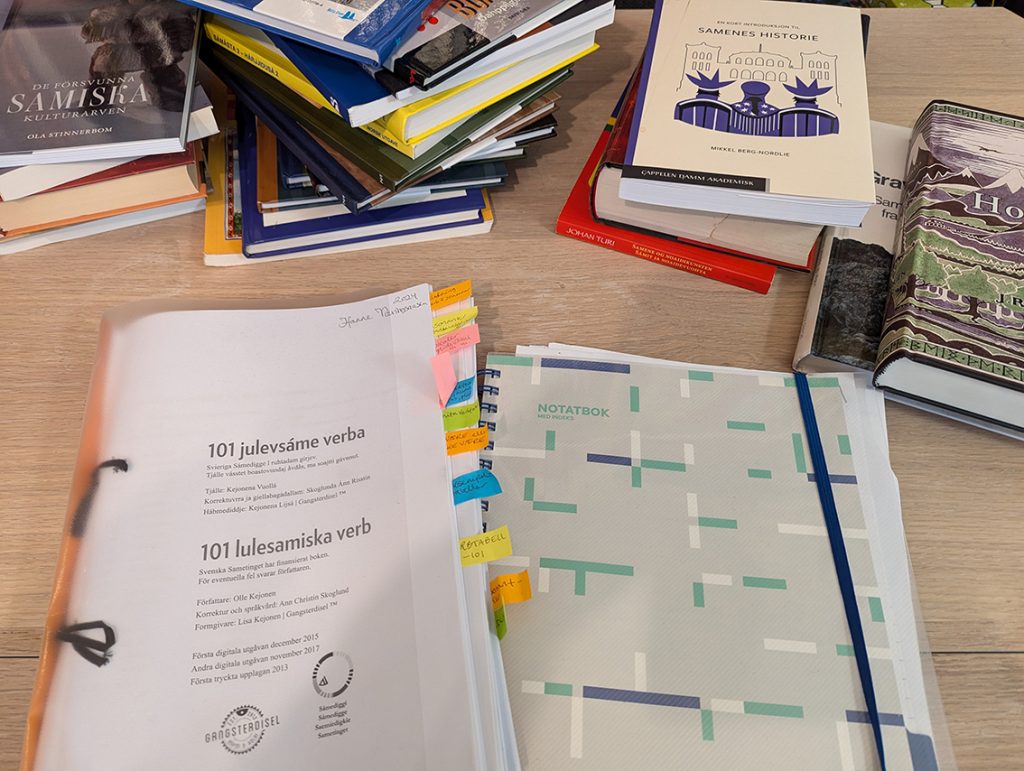
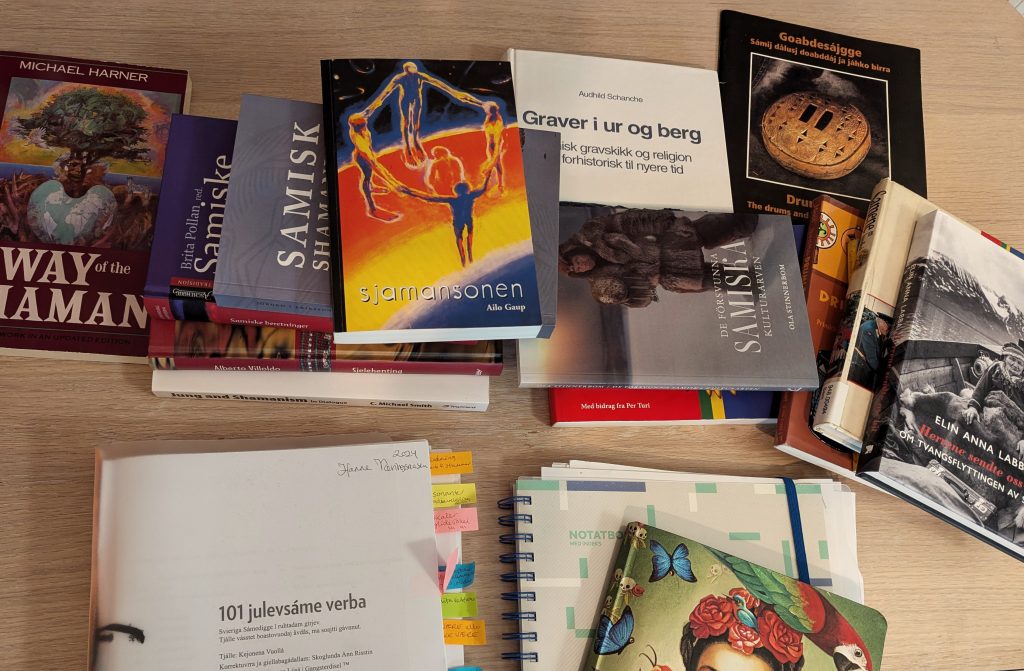
At the Sami House in Oslo, I attended an introductory course in Lule Sami, which sparked my motivation to continue. For me, learning Lule Sami is a challenging yet rewarding journey that takes time. The language has a fascinating complexity, and mastering verb conjugations requires patience and dedication. At the same time, it gives me a meaningful connection to the culture, history, and ways of life of my ancestors—something my father lost. As I delve into traditional crafts and the spiritual aspects of Sami culture, I feel I am breathing new life into our heritage. My training in Sami shamanism has been passed down through oral tradition from the noaidi Eirik Myrhaug Partapuoli. This work is not only about me; it’s about creating a strong cultural connection, a sense of identity, and a pride that my daughters can carry forward in their own lives.
Celebration of Sami National Day on February 6, 2024
Vourbbe sámij álmmukbiejvijn! This year, we were fortunate to participate in the celebration at Oslo City Hall, a solemn and beautiful ceremony. Especially nice since one of my daughters was also able to participate.
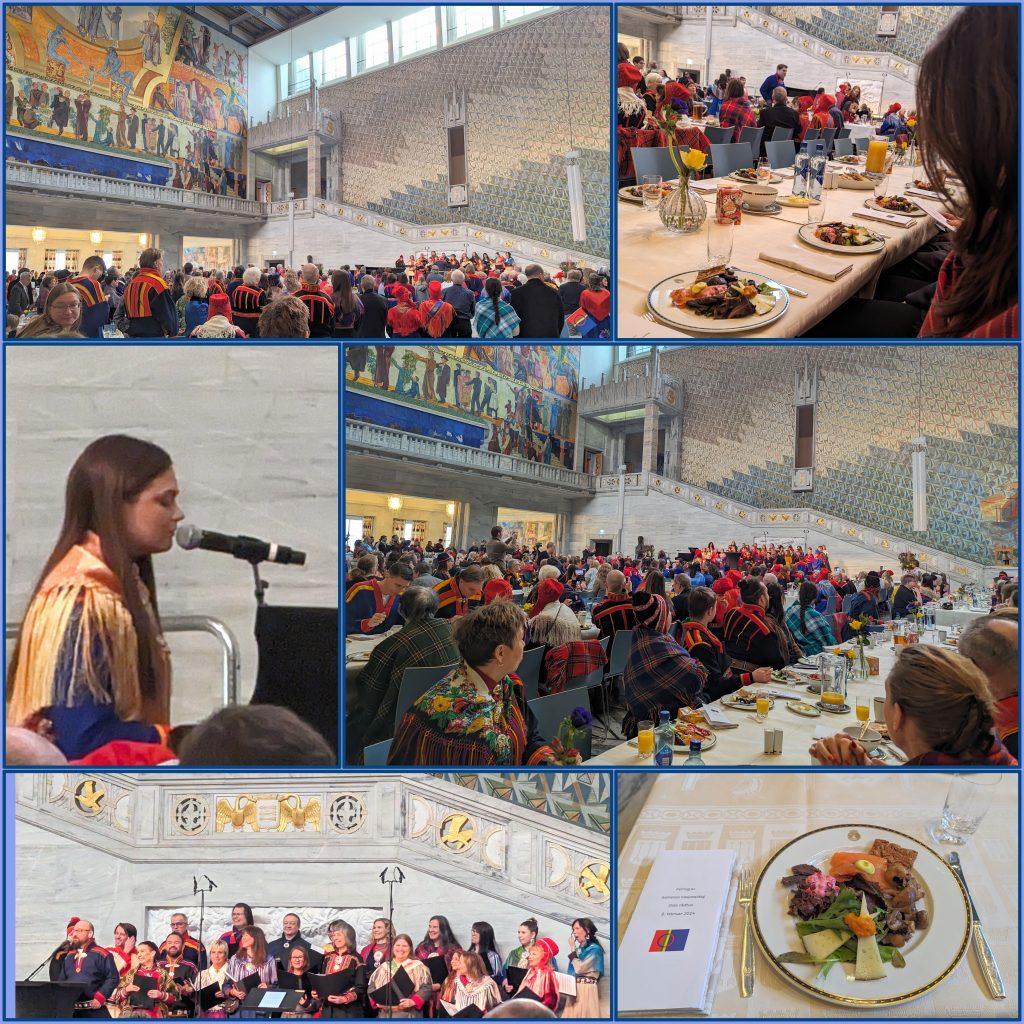
Background and Impact of Norwegianization
I am of Lule Sami descent on my father’s side, but due to the Norwegianization process, our family lost the Sami language. This policy, enforced by the Norwegian state, aimed to assimilate the Sami people into Norwegian society. Sami children were sent to boarding schools where speaking their native language was punished, leading to a profound loss of language and cultural identity. Traditional Sami practices were restricted, and Sami culture was actively marginalized and stigmatized as inferior. This policy had deep and lasting consequences, weakening cultural transmission and embedding a sense of shame in many Sami communities.
Revitalizing Cultural Heritage
As a visual artist, I am deeply engaged in reclaiming my cultural heritage. My artwork reflects themes of this rediscovered identity, weaving together elements that reconnect me with my roots. I am dedicated to revitalizing Lule Sami culture, so my daughters can inherit this legacy with pride, free from the shame my father and grandfather endured. Our Lule Sami lineage stretches back at least nine generations, and I am committed to ensuring this heritage remains a vibrant part of our family’s future.
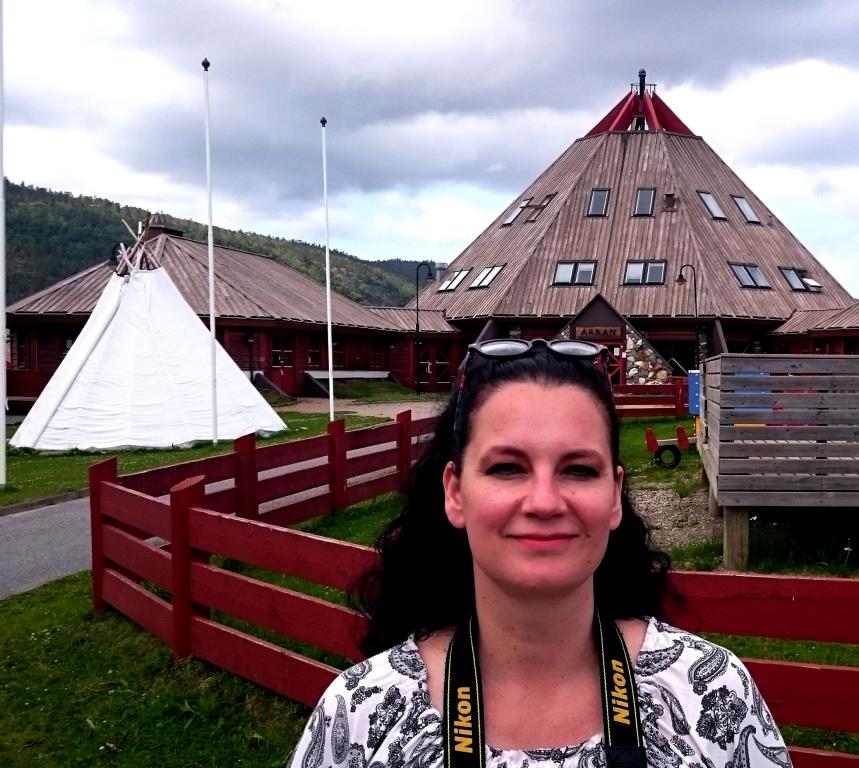
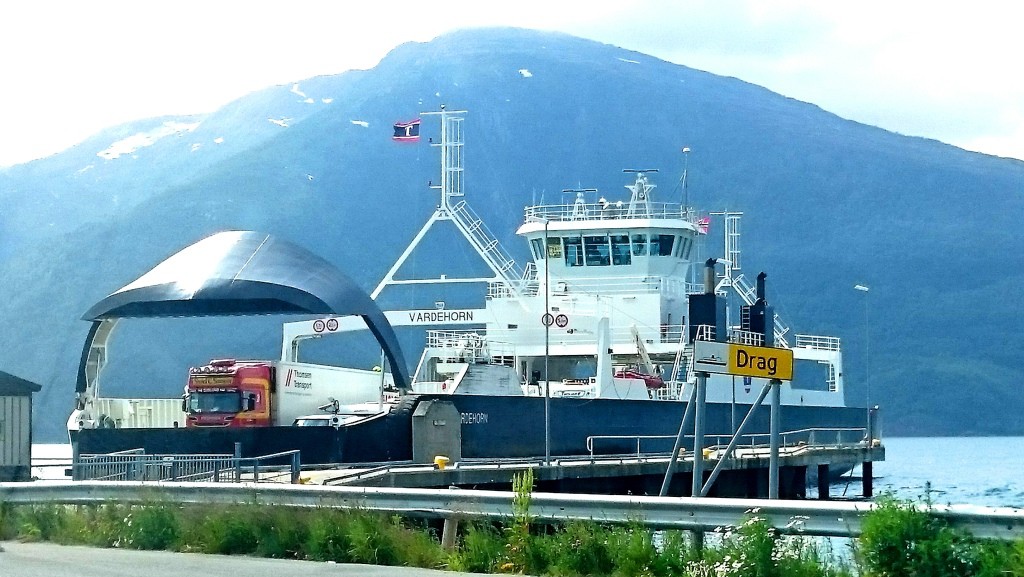
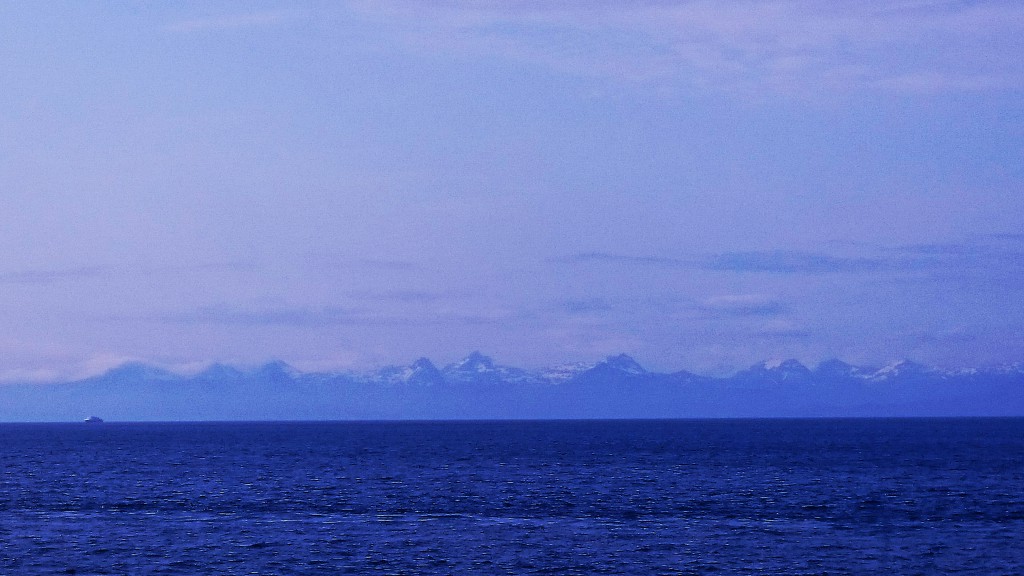
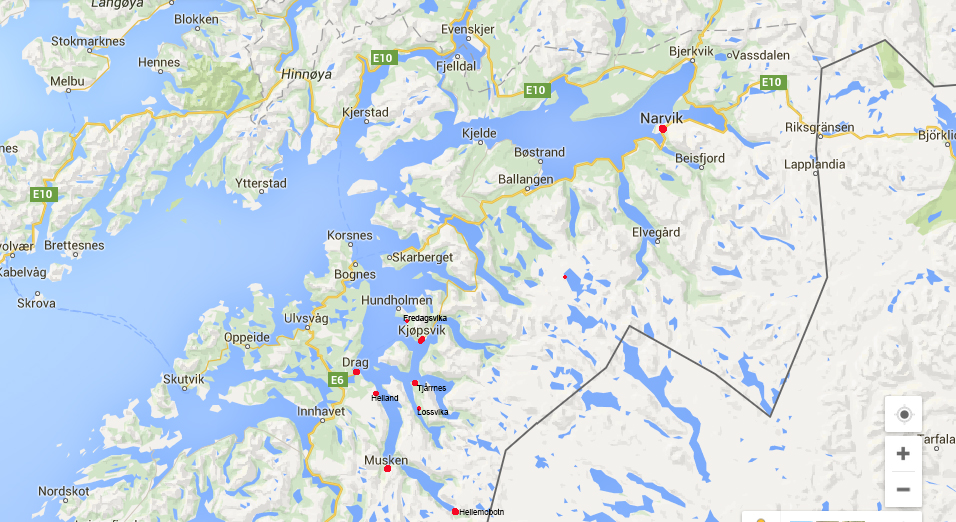
My great-grandmother, Karen Marie, originated from Drag before relocating with her family to Narvik, where my father was raised. In the accompanying map, the locations marked in red represent the ancestral origins and settlements of my Lule Sami relatives in Tysfjord. These locations include Ajluokta/Drag, Helland, Måsske/Musken, Vuodnabahta/Hellemobotn, Lasluokta/Lossvika, Tjårro/Tjårrnes, Oaffe/Kjøpsnes, Gásluokta/Kjøpsvik, and Ráhtáluokta/Fredagsvika. My lulesami family has resided in these areas since at least the 1700s, and likely for a considerably longer period.
Regrettably, it took a long time to overcome the shame that lingered within my family. It was only in adulthood that I began to take my Sami heritage seriously, registering in the Sami census and starting to vote in the Sami elections. I vividly remember the pride my father felt when I embraced our Sami heritage, which had previously been so strongly suppressed. No one was supposed to know about it. However, when I stepped forward, my father did as well. Nevertheless, it took many more years before I finally took the step to learn the Lule Sami language. Through this, I began to understand more about both my family and the cultural heritage that lies in comprehending how language and sentence structure convey more than one might initially perceive. I gained insight into the linguistic challenges that arise when Lule Sami is translated back into Norwegian, which has a completely different structure.
While my daily life revolves around my studio in Oslo, my entire family, on both sides, hails from Northern Norway, above the Arctic Circle. Throughout my life, I have commuted between Oslo and Northern Norway to visit my family in Lofoten and Narvik.These frequent journeys have fostered a sense of artistic duality within me, juxtaposing urban life with the untamed wilderness. The prospect of traveling to Northern Norway always fills me with immense joy, and I undertake these trips as frequently as possible, finding that the wild nature is essential for my rejuvenation. The sounds and smells of the vast ocean invigorate me, and the connection with nature, the mountains, and the sea serves as a profound source of inspiration, resonating deeply with my soul.
Reclaiming my Lule Sami heritage is a deeply personal and artistic journey. It involves not only reconnecting with my ancestors and their culture but also reflecting this reconnection in my art. By doing so, I hope to honor my heritage and ensure that it is passed down to future generations, allowing them to take pride in their identity without the shame experienced by previous generations.
Gåvvådájdda
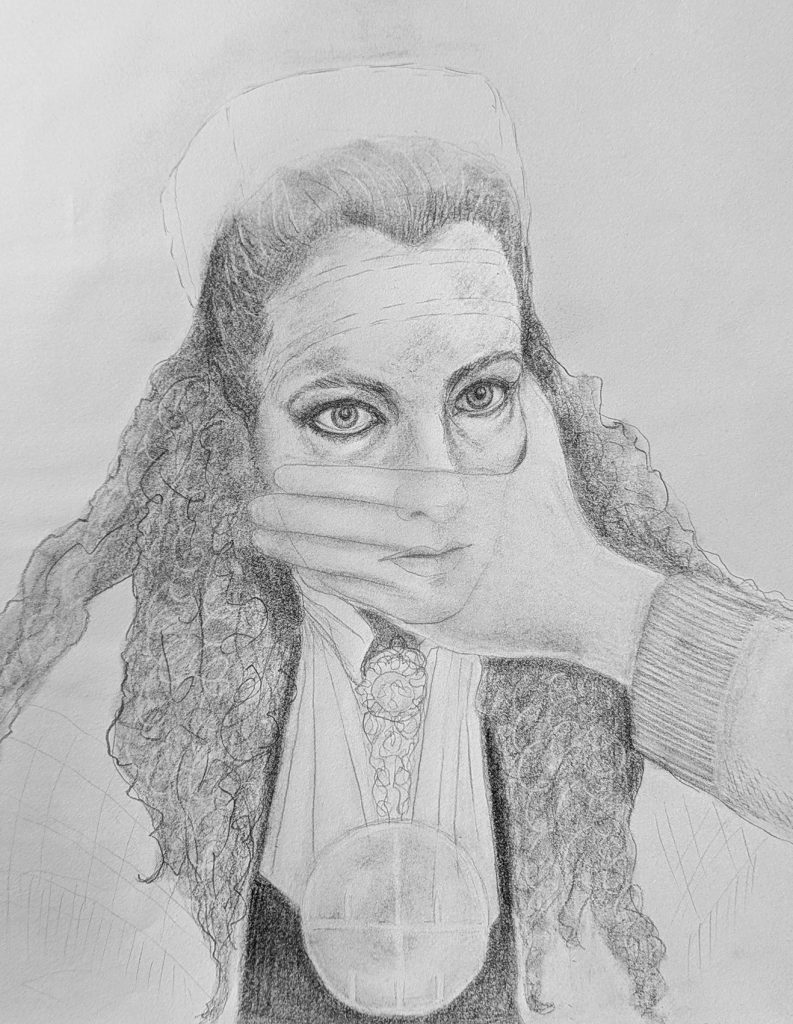
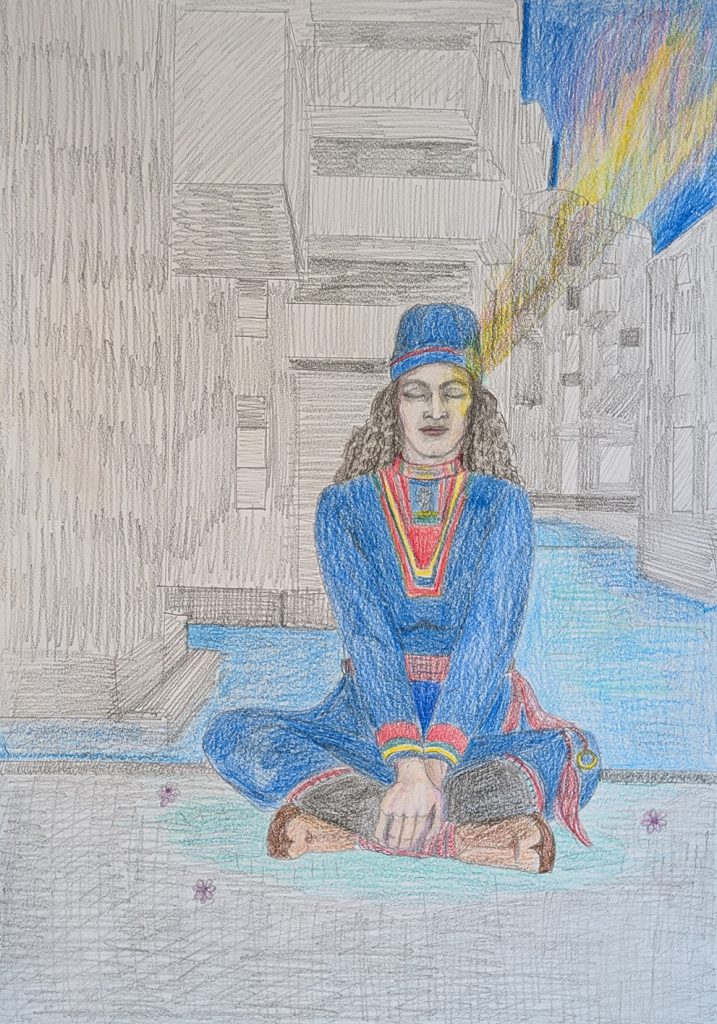
The artwork Cultural Diversity combines textiles, embroidery, yarn, woven bands, reindeer antlers, and leather to celebrate the richness of cultural heritage. The carefully chosen fabrics, bird embroidery, and stitches symbolize various cultural traditions and craftsmanship, while the reindeer antlers and leather evoke ancestral resilience and the role of nature in traditional lives.
Mounted on a display head, the piece represents human identity and heritage, drawing on the artist’s own Sami roots and family history with Norwegianization. This personal context gives the work profound meaning, inviting reflection on cultural roots, diversity, and the importance of mutual respect.
